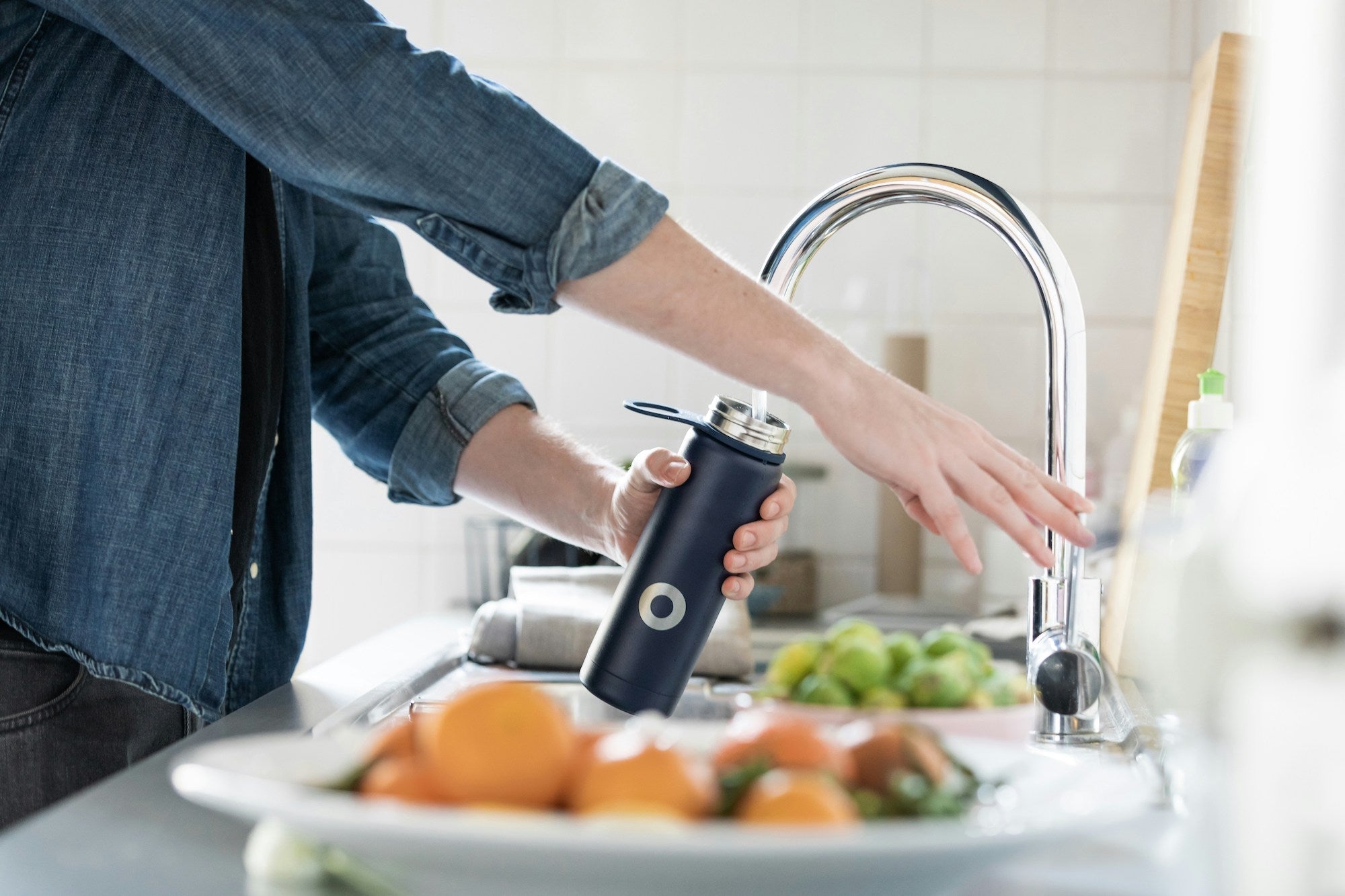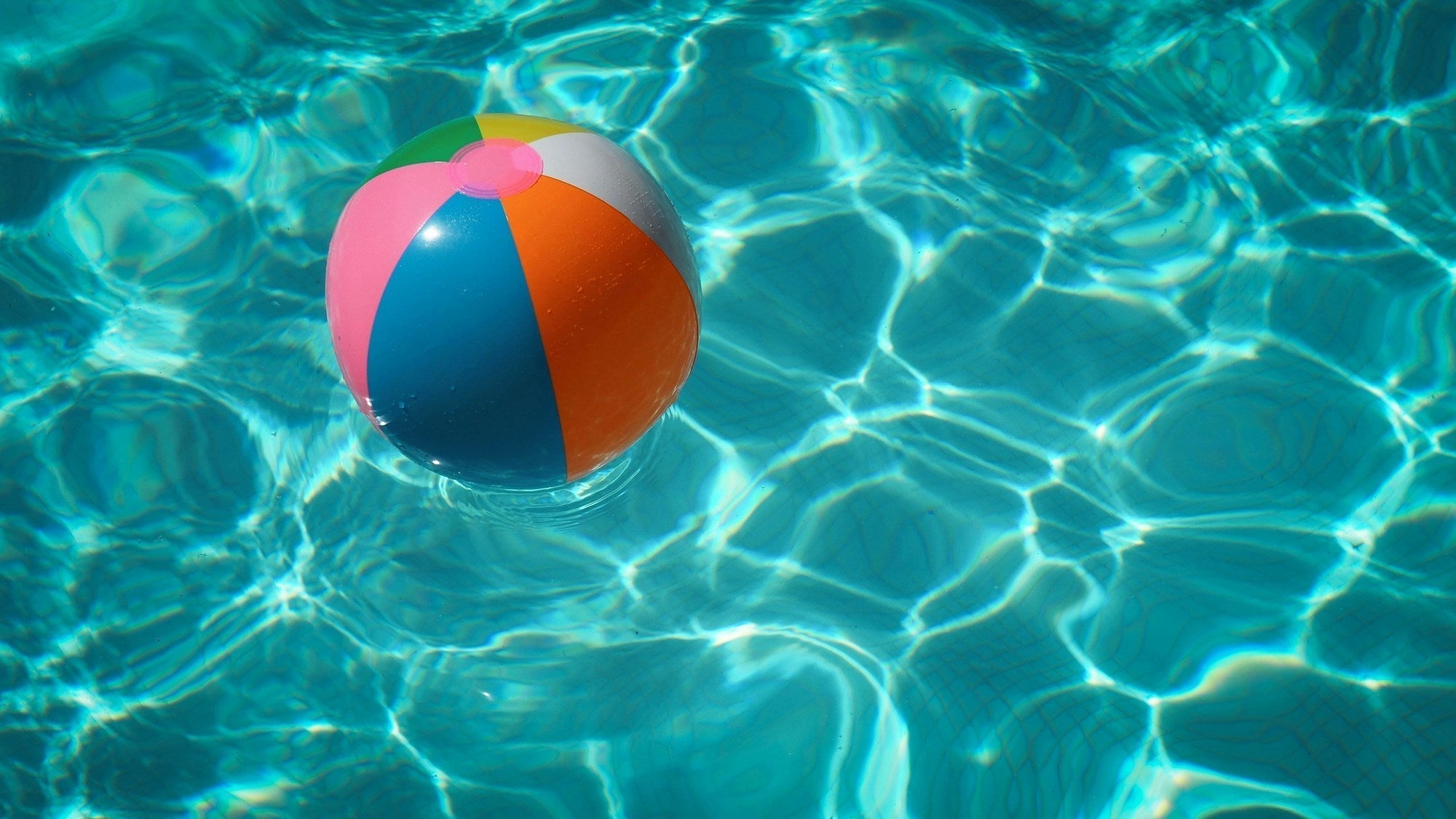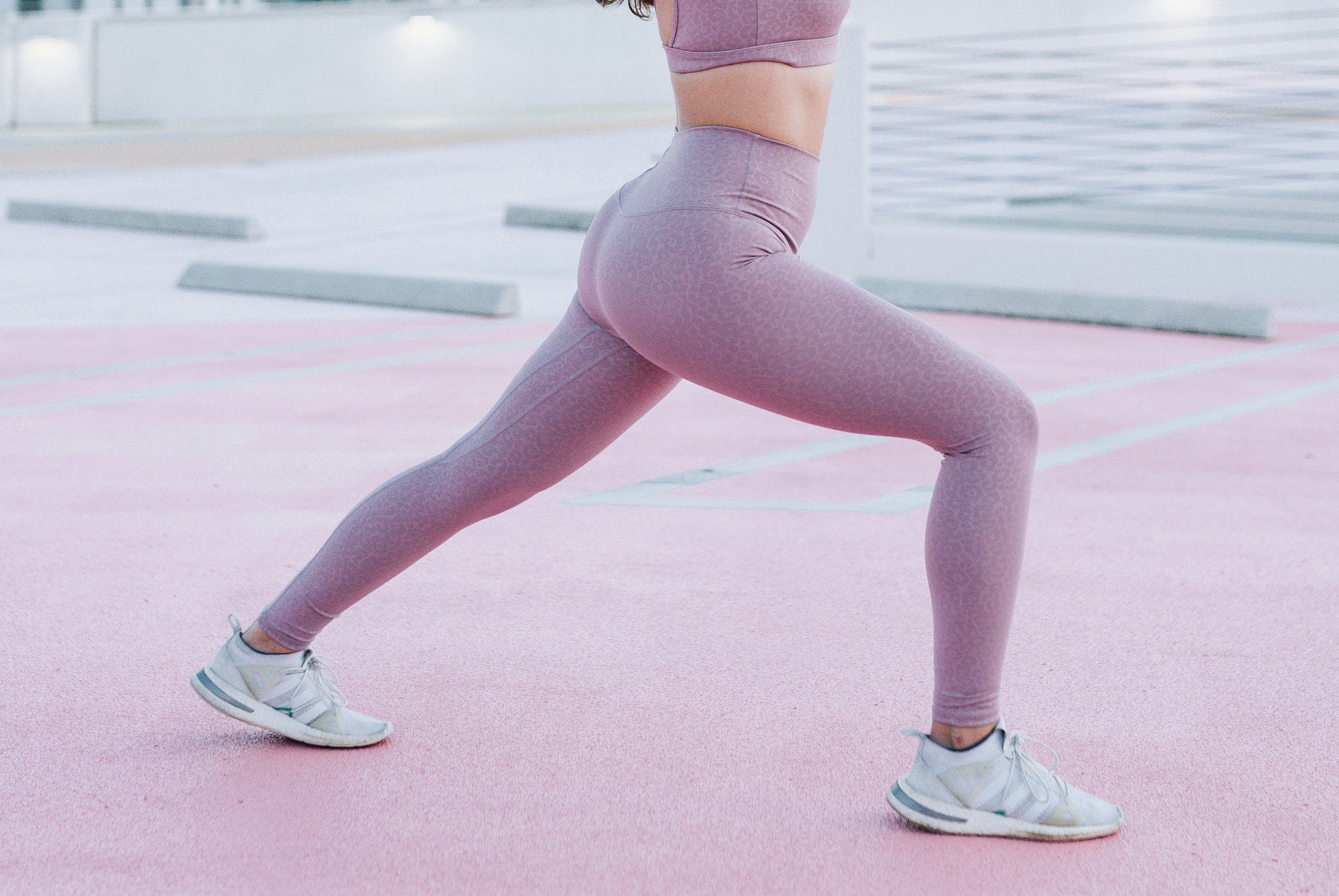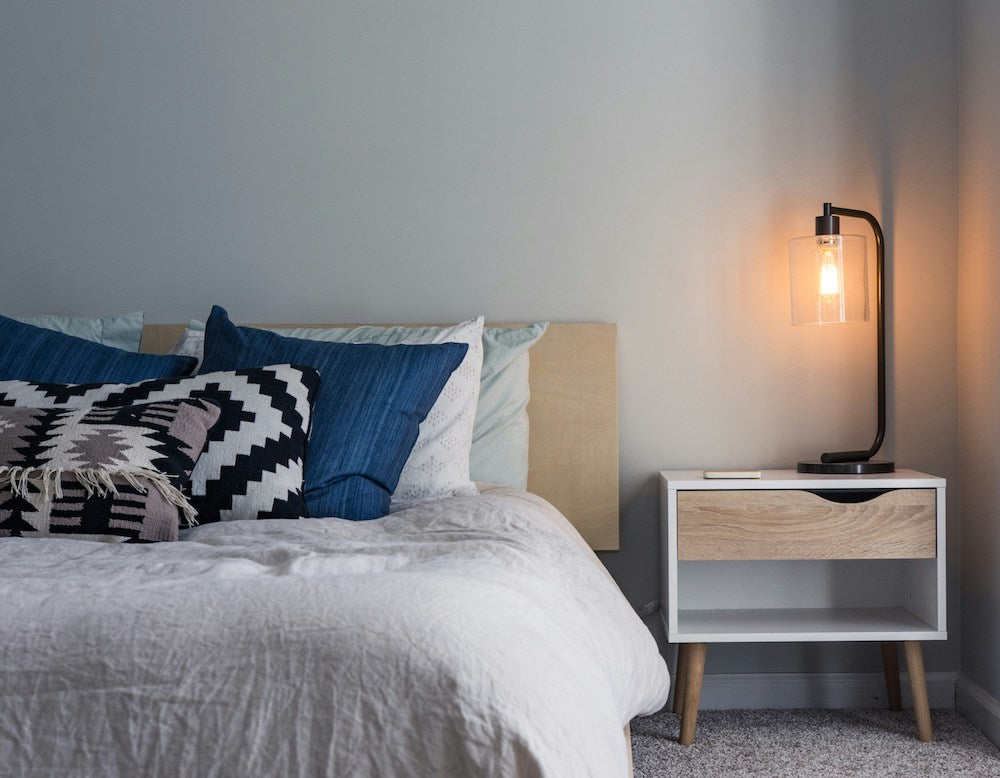
Microplastics are here, there are everywhere. Studies have found these tiny plastic particles in our food, water, and, most recently, inside our bodies. And one of the biggest sources of exposure? The kitchen. From food storage to cooking utensils, plastics sneak into our daily routines in ways we don’t always notice.
With a few simple swaps, you can drastically reduce your exposure to microplastics while making your kitchen a safer, more sustainable space.
Here are six ways to get started:
1. Swap Plastic Water Bottles for a Water Filter 💧
Bottled water is one of the biggest culprits when it comes to microplastic contamination. Research has found that bottled water can contain double the amount of microplastics compared to tap water! Instead of relying on plastic bottles, switch to a high-quality water filter that has reverse osmosis to reduce microplastics while also cutting down on single-use plastic waste.
2. Ditch Plastic Cutting Boards & Choose Wooden Instead 🌿
Every time you chop, slice, or dice on a plastic cutting board, tiny plastic particles can break off and mix into your food. Over time, plastic boards also develop cuts and grooves where bacteria can hide.
A simple and much safer swap? Wooden or bamboo cutting boards. Not only are they more durable, but they also have natural antibacterial properties, making them a cleaner and healthier choice for your kitchen.
3. Say Goodbye to Plastic Utensils 🥄
Using plastic utensils (spoons, spatulas, ladles, etc.)—especially with hot food—can cause microplastics to shed into whatever you’re cooking. Heat makes plastic break down faster, meaning those tiny particles could be ending up in your meals.
Instead, opt for stainless steel, silicone, or wooden utensils. They’re longer-lasting, safer, and much better for the environment!
4. Swap Cling Wrap for Silicone Lids ♻️
Cling wrap is one of the biggest sources of plastic waste in the kitchen—it’s used once and then tossed, never breaking down completely. Plus, plastic wrap can leach chemicals into food, especially when used to cover warm dishes or microwaved meals.
A great alternative? Silicone food covers or beeswax wraps. Silicone lids create a tight seal over bowls, plates, and containers—keeping food fresh without the plastic waste. They’re reusable, dishwasher-safe, and a total game-changer for a low-waste kitchen!
5. Ditch Plastic Tupperware & Use Glass or Stainless Steel 🥡
Plastic food containers break down over time, especially when exposed to heat from microwaving or dishwashing. This means microplastics and potentially harmful chemicals could be transferring to your food.
Instead, switch to glass or stainless steel food storage containers. They’re non-toxic, durable, and won’t absorb food smells or stains like plastic does. Plus, they look a whole lot nicer in your fridge and pantry!
6. Be Mindful of Dishwasher Tablets & Choose Plastic-Free Options 🧼
Many dishwasher tablets come wrapped in a dissolvable plastic film (PVA/PVOH), which may not fully break down in wastewater treatment plants, potentially contributing to microplastic pollution. Some also contain microplastic-based fillers and synthetic polymers that don’t completely dissolve.
To avoid this, choose plastic-free dishwasher powders (like ours!) instead of tablets with dissolvable plastic coatings. Look for brands that are PVA-free, biodegradable, and microplastic-free, ensuring your dishes are clean without contributing to hidden plastic pollution (which ends up in our food systems and eventually, our bodies).






